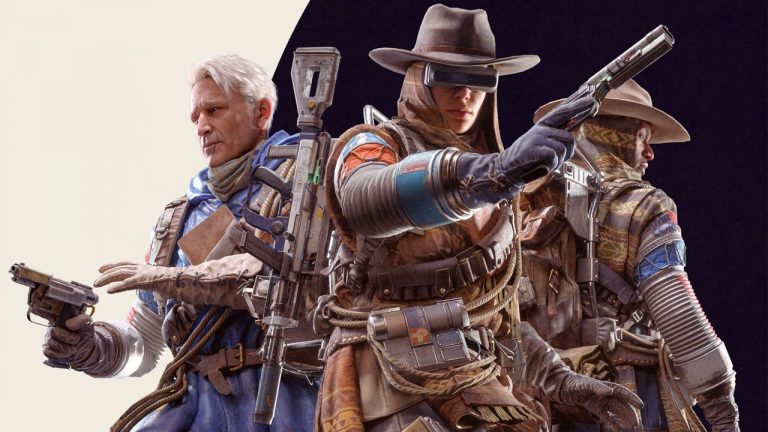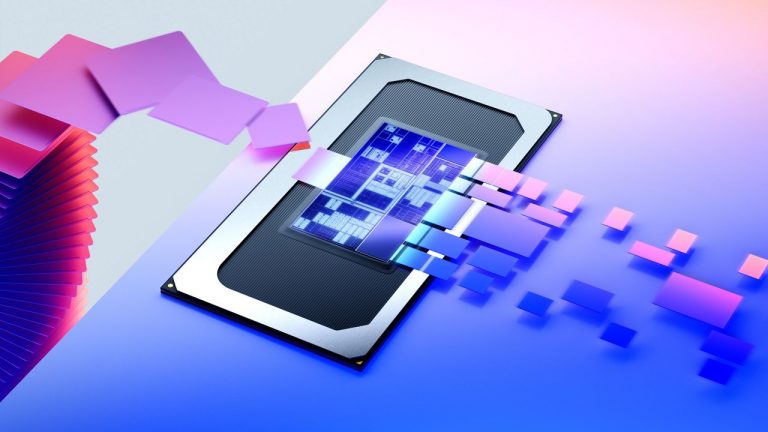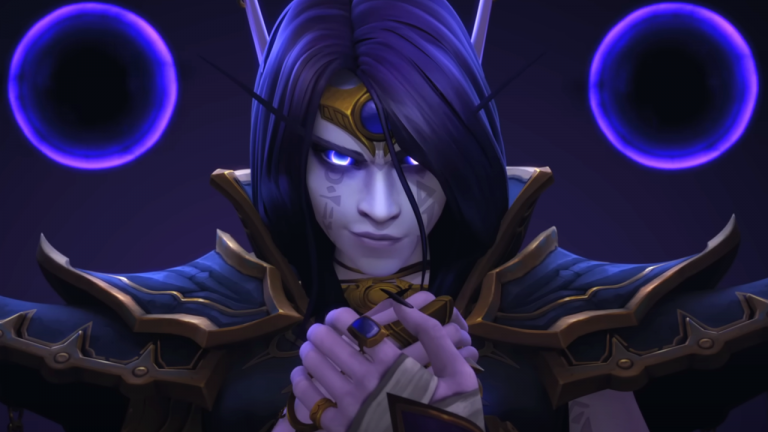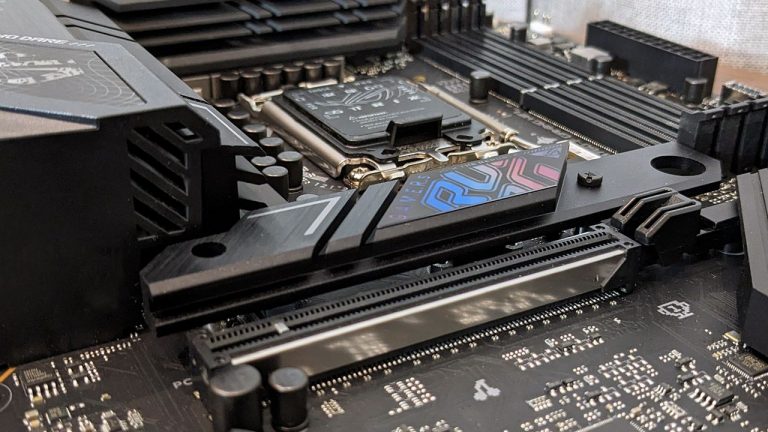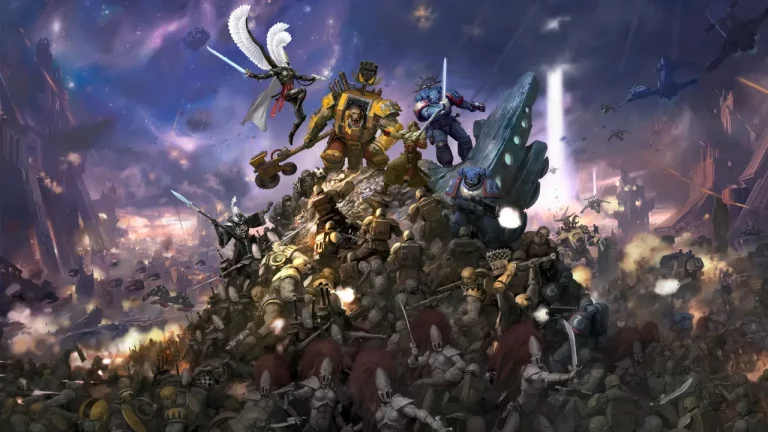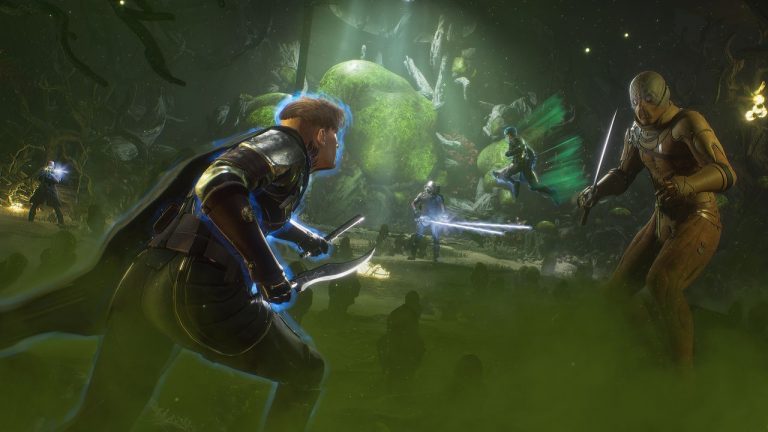Are you tired of the limitations and exclusivity of high-end video generation tools like Sora? It’s not just you.
Many creators find themselves locked out, unable to access or afford the tools that could elevate their projects. The Luma AI Dream Machine is a groundbreaking alternative that is shaking up the creative industry.
Dream Machine bursts onto the scene with its user-friendly interface and powerful capabilities, making professional-quality video generation accessible to everyone.
Visualize being able to create stunning videos in seconds without a steep learning curve or hefty price tag. Whether you’re a seasoned filmmaker or a social media influencer, this tool opens up an arena of possibilities.
With everyone talking about Dream Machine’s launch, it’s time to ask: Is this the end of Sora’s reign? Join the wave of creators who are switching to Dream Machine. Experience the freedom to bring your creative visions to life like never before.
10 Amazing Examples From Luma Dream Machine
1. Birds Flying Over a Girl
Credit: Tatiana Tsiguleva
2. Brings Iconic Meme To Life
Credit: Blaine Brown
3. Cold Weather
Credit: Tatiana Tsiguleva
4. Another Iconic Meme
Credit: Blaine Brown
5. Boy Wearing Jacket
Credit: MattVidPro AI
6. Midjourney Scene
Credit: Tatiana Tsiguleva
7. Shocked Puppy
Credit: Blaine Brown
8. Jamaican Beach
Credit: Max
9. Animated Video
Credit: Max
10. Horror View
Credit: Uncanny Harry AI
What is Luma AI Dream Machine?
Luma AI’s Dream Machine is a groundbreaking tool that transforms simple text prompts and images into high-quality videos in seconds. It’s designed to cater to creators at all skill levels, offering a straightforward way to produce visually stunning content.
Core Features of Dream Machine
Dream Machine stands out by creating smooth, cinematic videos that maintain consistent character actions and realistic physics. Users can play around with different camera movements to enhance the emotional impact of each scene.
Even with a free account, one can produce 5-second videos or generate up to 120 frames in just 120 seconds, making it both powerful and accessible.
Innovations and Technological Advances Over Competitors
While OpenAI’s Sora has set high standards in AI video generation, Dream Machine introduces itself as a more reachable and cost-effective option. Its architecture is built on a scalable, efficient, and multimodal transformer model that has been trained directly on video data.
This training allows it to generate scenes with accurate physical dynamics and engaging action. As the first true video generation model in Luma’s innovative product line, Dream Machine offers unique capabilities that distinguish it from earlier image-animation models. It provides creatives with new ways to bring their visions to life.
Dream Machine vs. Sora: Comparing the Giants
Leading advancements in AI video creation are Sora from OpenAI and Dream Machine from Luma AI. Each platform provides unique features that cater to different creative needs.
1. Video Length and Resolution
Sora supports videos up to two minutes long. This feature is ideal for projects that need detailed, high-quality visuals. It delivers videos in 4K resolution, suitable for professional filmmaking.
Dream Machine, on the other hand, focuses on brief, five-second clips. These are perfect for quick content creation. It offers a resolution of 720p, which is sufficient for social media posts.
2. Realism and Atmosphere
When it comes to making movies that emulate actual cinematic experiences, Sora is an expert. Videos from there are incredibly immersive and realistic.
Dream Machine offers a distinct approach. It produces videos with a more artistic, stylized look. This is especially appealing for creators who want unique and visually engaging content.
3. Customization Options
Dream Machine provides extensive customization options. Users can adjust character movements and camera angles in many ways. This flexibility encourages creative experimentation.
Sora, however, opts for simplicity. It offers fewer customization settings, focusing instead on user-friendliness. This design choice prioritizes ease of use over detailed control.
4. Generation Speed
Quite a bit of speed is achieved by Dream Machine. In 120 seconds, it can produce 120 frames. It is perfect for creators who require quick results because of its speedy output.
Sora’s generation process is slower. While it takes more time, it produces longer and more intricate videos. This is beneficial for projects that require depth and detailed storytelling.
5. Accessibility and User-Friendly Design
Dream Machine is freely accessible to the public. Because it provides 30 free video generations every month, both inexperienced and seasoned artists can easily utilize it.
Sora, in contrast, is available through limited beta access. It might involve higher costs and is typically used by professional teams. Both platforms have user-friendly interfaces, but Dream Machine’s straightforward design makes it exceptionally easy for beginners.
Exploring Dream Machine’s Capabilities
Luma AI’s Dream Machine is revolutionizing video creation across various sectors. This tool simplifies complex video production tasks, making them accessible to a wider audience.
Let’s explore Dream Machine’s practical applications and the special tools it provides for artists.
Real-Life Applications and User-Created Examples
Animated Shorts and Commercials: Dream Machine enables users to create cinematic videos perfect for marketing and entertainment, featuring accurate physics and character consistency.
Explainer Videos and Tutorials: This tool excels in turning text descriptions into detailed visual explanations, ideal for educational content.
Previsualization and Storyboarding: Filmmakers utilize Dream Machine to quickly experiment with different scenes, helping streamline the creative process.
Creative Storytelling: Users harness the power of Dream Machine to bring imaginative stories to life, pushing the boundaries of traditional video content.
Enhancements and Unique Tools for Creators
Customizable Camera Motions: The platform allows for fluid, cinematic camera movements to match scene emotions, offering creators detailed control over their storytelling.
Multimodal Inputs: By combining text prompts with images, Dream Machine enables more unique and expressive video outputs, enhancing creator flexibility.
Scalable and Efficient Architecture: Its architecture ensures rapid video generation, allowing for quick iterations and more creative exploration.
Accessibility and Affordability: With a free tier offering 30 video generations per month, Dream Machine is an accessible option for a wide range of creators. This makes it a practical alternative to more restrictive or expensive tools like Sora.
Impact on the Film and Entertainment Industry
Scene prototyping and previsualization: Directors and filmmakers use Dream Machine for quick scene prototyping, enhancing pre-production efficiency.
Visual Effects and Animation: The tool aids in creating realistic VFX and animations, reducing workload and dependency on large VFX teams.
Indie and Low-Budget Productions: Its affordability and ease of use empower independent filmmakers to produce rich content without substantial budgets.
Virtual Production: Dream Machine is set to transform virtual production by integrating AI-generated content with traditional filmmaking techniques.
Usage in Education and Corporate Training
Demos and Tutorials: Educators use Dream Machine to develop engaging, visually-driven tutorials that enhance student learning.
Immersive Simulations: It provides realistic, interactive training simulations in corporate settings, allowing employees to practice in a risk-free environment.
Personalized Learning Content: Dream Machine supports tailored educational content, addressing individual learning styles and needs.
Remote and Hybrid Learning: The tool is pivotal in developing compelling visual content for remote and hybrid learning models, ensuring student engagement and retention.
Challenges and Limitations of Dream Machine
While Dream Machine has introduced innovative solutions to video generation, it faces several challenges. These technical and commercial limitations could hinder its adoption, especially in professional environments.
Technical Challenges and User Complaints
Device Bricking from Power Offs: Users report that sudden power losses can cause the Dream Machine to stop working. The device must be unplugged for some time to reset.
No UPS Integration for Safe Shutdowns: The machine lacks integration with uninterruptible power supplies. This oversight forces users to manually shut down the device during power failures to avoid damage.
Launch Bugs and Stability Issues: Early adopters have encountered various bugs and stability issues with the Dream Machine Pro. These problems indicate a need for further software improvements.
Limitations in Commercial Use and Scalability
Restricted Video Length and Resolution: The Dream Machine is currently limited to producing videos up to five seconds long at 720p resolution on a free account.
Hardware Limitations: The device relies on a single hard drive without RAID support. For companies that need large video storage and redundancy, this configuration might cause problems. solutions.
Unclear Pricing and Availability: There is a lack of detailed information regarding the pricing and availability of advanced plans. This uncertainty makes it difficult for businesses to plan their budgets and allocate resources effectively.
Need for Continuous Software Development: Being a relatively new product, Dream Machine requires regular updates and enhancements. These improvements are essential to meet the evolving demands of commercial users.


